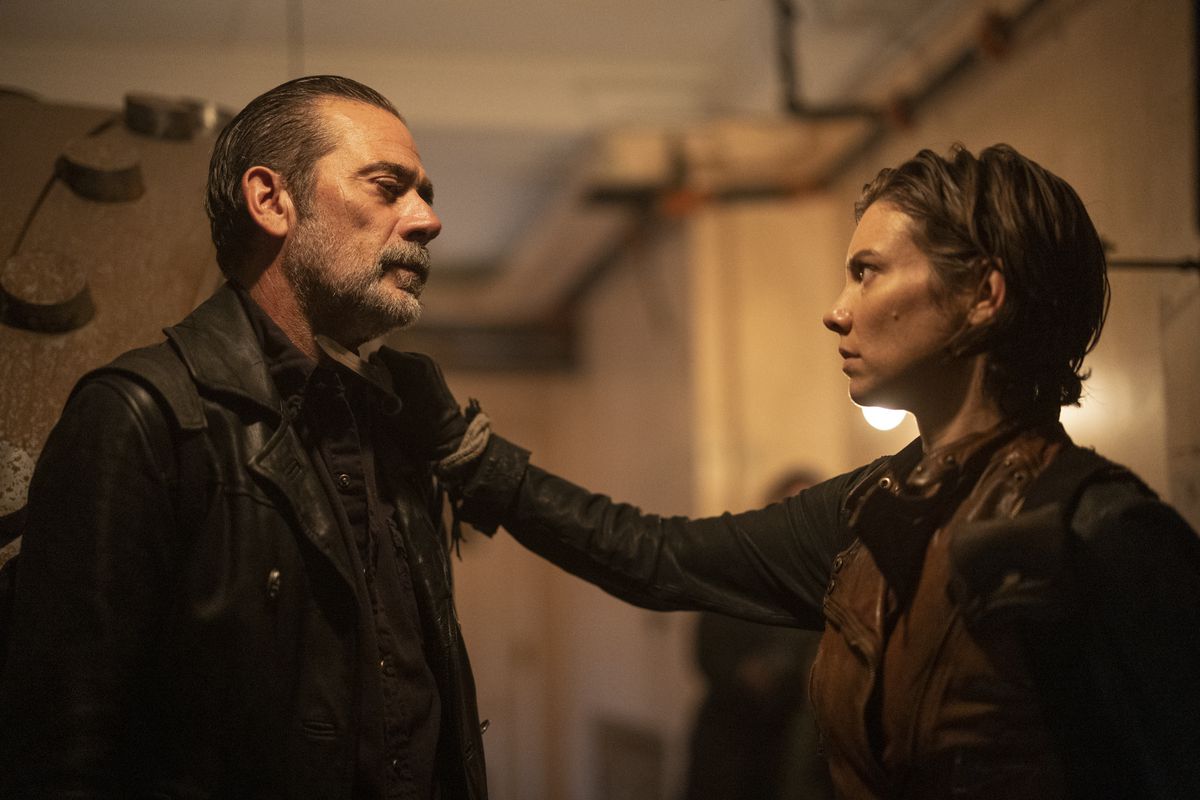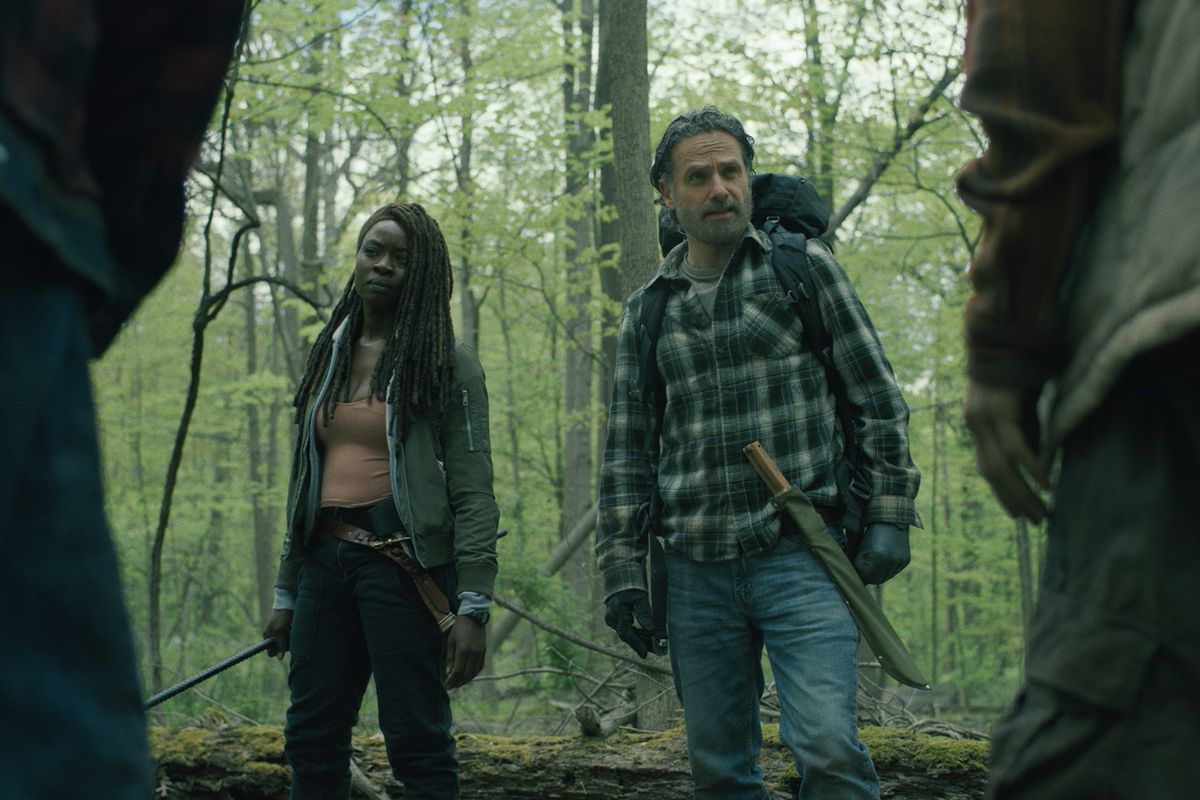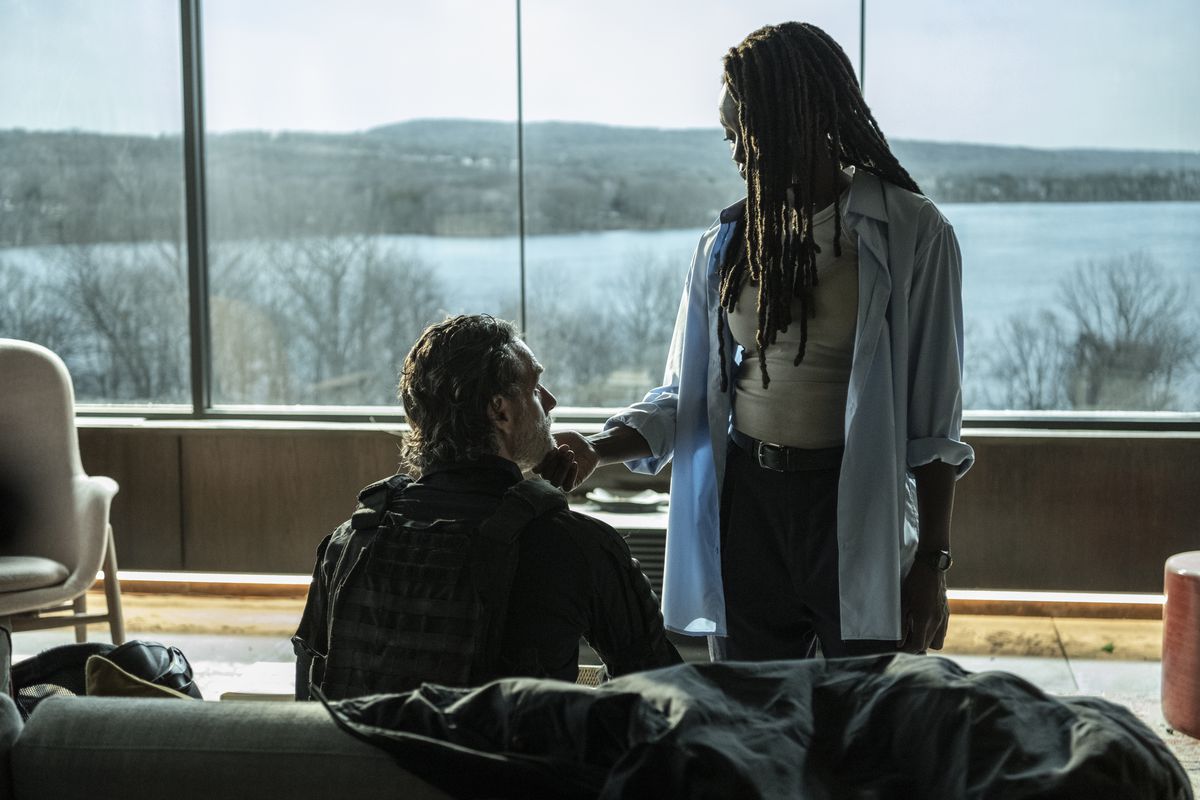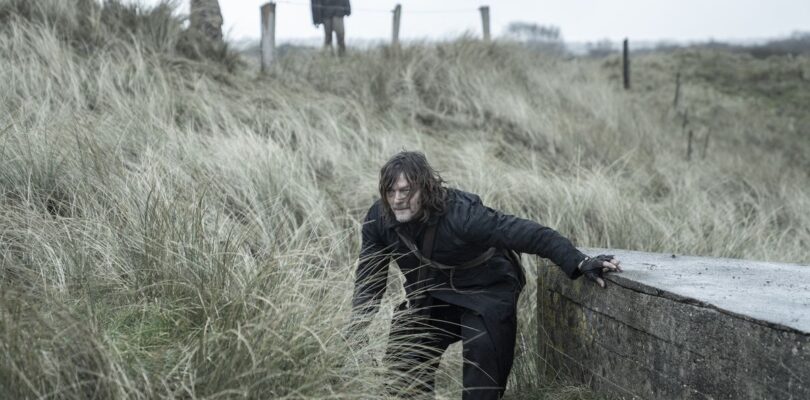For a little while, it seemed like The Walking Dead was eager to use its popularity as a platform to create an entire universe of zombified television. First, there was the spinoff/prequel Fear the Walking Dead, followed by The Walking Dead: World Beyond and then the anthology series Tales of the Walking Dead. Each one intermingled with the original show, but for the most part, they were intent on telling their own stories. Fast-forward to 2024, and the former two series have ended, while Tales got an order for another season last year with no further news.
This leaves us with the question: What do we want out of The Walking Dead now? Because it seems like whatever plans AMC had for a sprawling empire have been whittled back down to focusing on what the central characters of the main show have been up to. Dead City looks at Negan and Maggie, Daryl Dixon is concerned with the titular badass, and The Ones Who Live reunites Rick and Michonne, the franchise’s power couple who previously departed The Walking Dead, leaving it to end in a rudderless, underwhelming fashion. Is the future of The Walking Dead… The Walking Dead divided into three shows?
If it’s a ploy to regain a dwindling audience, it makes sense. At its height, The Walking Dead was a ratings behemoth. Its peers in the “prestige TV” boom of the 2010s might have eaten its lunch in terms of sustained critical appraisal, but at its height, the fifth-season premiere scored 17.29 million viewers. To put that in perspective, the finale of Breaking Bad had 10.28 million.
Going back to the “glory days” with a handful of the characters most associated with them seems to be a good idea in perhaps luring back the viewers that absconded from the show due to its exhausting length or unpopular creative decisions. The debut of The Ones Who Live nabbed 3 million viewers, a far cry from the massive numbers it once landed a decade ago, even considering TV viewership being down in general. However, it’s a marked improvement from the relatively measly audience of the final season. And AMC is happy with the show’s performance on its streaming service, AMC Plus.
As a way to reignite its narrative potency, it’s a more questionable direction. Dead City, in particular, suffers from a “been there, done that” feeling — didn’t Maggie already sort of forgive Negan for whacking her beloved Glenn with a baseball bat back in the original? Do we really need another series where they have to play an apocalyptic odd couple and go through the same emotional arc again?
Photo: Emmanuel Guimier/AMC

Photo: Peter Kramer/AMC

Image: AMC
Daryl Dixon thrives on Norman Reedus’ bottomless well of likability and an engaging atmosphere. And with best pal Carol co-headlining the upcoming season 2 of his spinoff, we’re likely to get something at least somewhat watchable. However, with franchise overseer Scott Gimple seemingly set on one day reuniting the gang, will it eventually feel like Daryl ’n’ Carol are just spinning their (motorcycle) wheels until we can get the Avengers of Walking Dead side projects? And aren’t all of these Walking Dead spinoff leads coming together just… The Walking Dead?
And considering that The Walking Dead ended with a look toward the future, what wider meaning is there for them to reunite aside from a nostalgic group hug? The zombies have become a bit of an afterthought as the world moves toward rebuilding itself, and they mostly serve as a fleshy obstacle course in 2024. There is always some terrific gruesomeness to be mined from The Walking Dead’s consistently stellar makeup and practical effects, but piecing the cast back together for the sole purpose of seeing them beside one another, squaring off against undead hordes, feels a little empty. The Walking Dead managed to shock us in its early years thanks to its commitment to going the distance in showing that no one is safe from the zombies, but a reunion tour of all the people that were clearly safe misunderstands the “glory years” that the creators want to return to.
Luckily, The Ones Who Live is tapping into some much-needed emotional territory and making it seem like the event that it wants to be (even if the zombie horror aspect has long since rotted). Rick Grimes, now an established soldier of the paramilitary group CRM, must reconcile with his guilt and survival instincts when Michonne, his sword-wielding partner and the mother of his youngest child, comes back into his life to corral him and bring him home. It’s something that Grimes wrestles with, as heading off might put him and the people he loves in the line of fire from the CRM, who has some serious dirt on him and the community he left behind.
“What We,” the fourth episode of the new show, might be one of the best in the franchise’s history that doesn’t focus on undead bloodshed. A good chunk of it is devoted to Rick and Michonne arguing and finally getting to reflect upon the world-weariness that an experience like this would instill. In particular, Rick finds it hard to return to his family because of what happened with his late son Carl, and The Ones Who Live gives him a chance to properly grieve for the ones who don’t. He doesn’t want anyone to have to go through that kind of pain again, nor does he believe that he’d be able to. They’d all be much safer if he bore the weight of their tragedy alone. It is misguided patriarchal martyrdom, but it makes sense for Rick.

Photo: Gene Page/AMC
Of course, Michonne is able to convince him of the fact that he’s Rick Grimes, that he shouldn’t give up, that there’s more out there for the pair, etc. But Rick Grimes being reduced to an anxious, melancholy shell of a man and giving him an ultimate redemption makes The Ones Who Live feel like a fitting narrative follow-up to The Walking Dead and the closest thing the show has gotten to a proper epilogue. It could have very easily been a hollow attempt to draw in the unconvinced crowd with “Hey, it’s that sheriff guy that you liked!” Instead, it competently grapples with Rick as a character that’s been through so much trauma rather than Rick as a returning action hero.
On a wider level, The Ones Who Live can also serve as a fitting cap to the escalating threats of the show. The “We are the Walking Dead” mindset, where the physical menace of the zombie (amid a pop culture saturation of zombie media at the time) was no match for the terrifying specter of your fellow man, produced bad guys like the unstable Governor, the brutal Negan, and a host of other antagonists that ranged from wannabe cults to cannibals. The CRM, an army equipped with massive firepower that is willing to adjust the world to its specific definition of law by force, is the logical “final boss” of The Walking Dead. By fighting back against them, Rick and Michonne aren’t just taking on a rival group but helping decide the order of the future.
Where this leaves the end goal of The Walking Dead remains to be seen. It could all be pointing toward some eventual grand reunion, given that the original show concluded with Michonne and Daryl both running off to find Rick. But the first seasons of both Dead City and Daryl Dixon end with the shows spiraling off further into their own specific plots, so it will be a while before the gang gets back together again.
Until then, The Walking Dead franchise is in, essentially, its DLC era. What you want out of The Walking Dead depends on how attached you are to certain characters, and luckily, there’s now DLC side quests available for a few of them. It remains to be seen if these threads will ever interconnect again (now that every actor is on their own show, AMC would also have to deal with a truckload of contractual issues if it wanted to then push them back into the same series), so until then, The Walking Dead survives entirely on audience interest in the solo exploits of characters it worked to build together. With 11 seasons of the main show, AMC did plenty of asking for you to wait for plots to be resolved and character arcs to be fulfilled. And now, with the hint of bigger things to come and a host of orbiting spinoffs, it’s asking you to wait just a little while longer. For what? We’ll just have to see.
The Walking Dead: The Ones Who Live is now streaming on AMC Plus.



